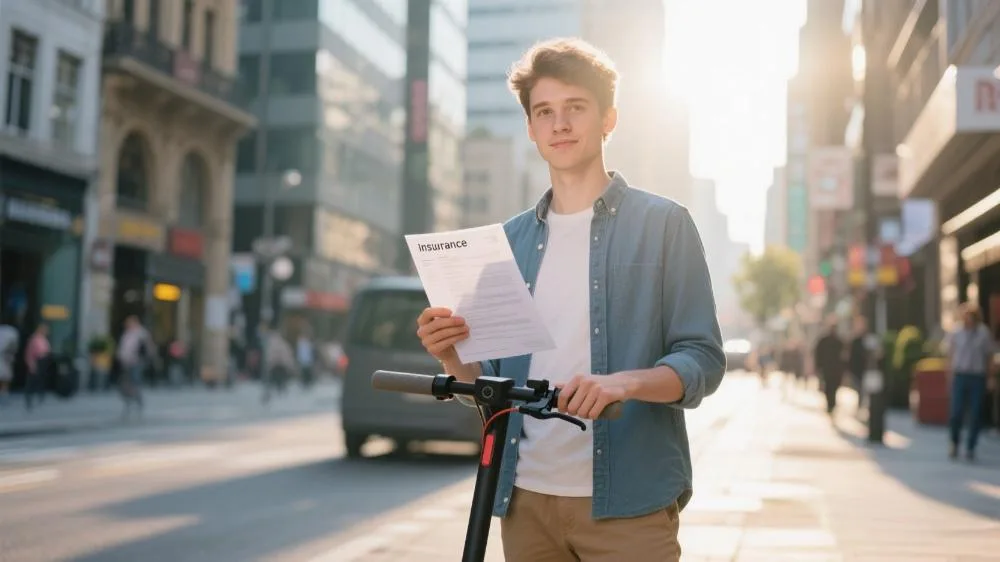where to buy a scooter
Introduction: The Scooter Buying Landscape The question “Where to buy a scooter?” has become one of the most searched queries among Western consumers in 2025. According to Statista’s 2025 Personal Electric Vehicle Consumption Report, the global scooter market has reached $42 billion, but purchasing channels are more complex than ever: 2025’s three main purchasing options analyzed: This guide systematically covers: 🛒 8 most reliable purchasing platforms compared💸 Hidden cost identification guide (shipping/taxes/activation fees)🔧 7-point inspection checklist for used scooters🚨 Latest scam tactics and prevention strategies 1. 2025 Scooter Purchasing Channels Compared 1.1 Online Marketplace Analysis Platform Price Range Delivery Return Policy Key Advantage Amazon Prime $300-$5000 1-3 days 30-day returns Free assembly service Walmart+ $199-$3500 2-5 days 15-day returns In-store pickup available RevZilla $800-$8000 3-7 days Expert inspection Professional…
See more













